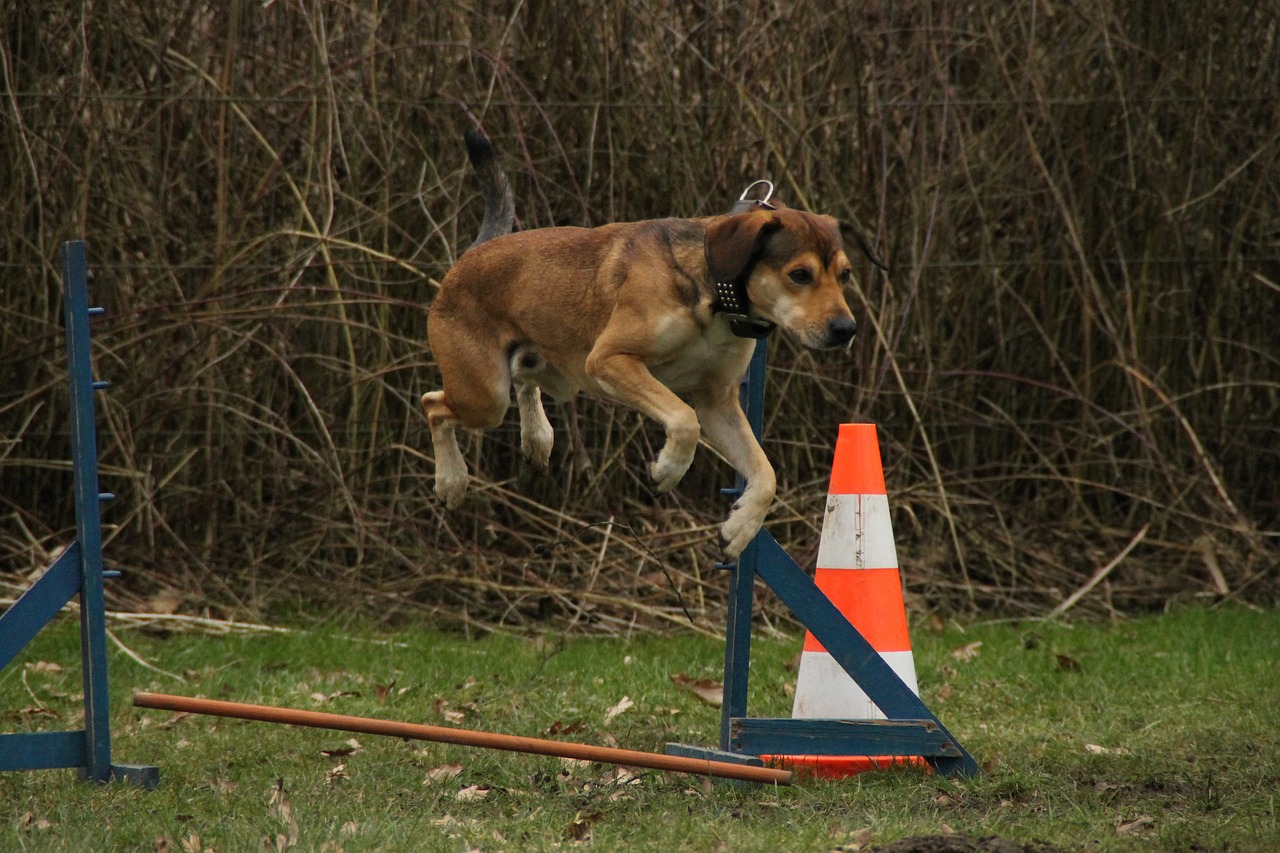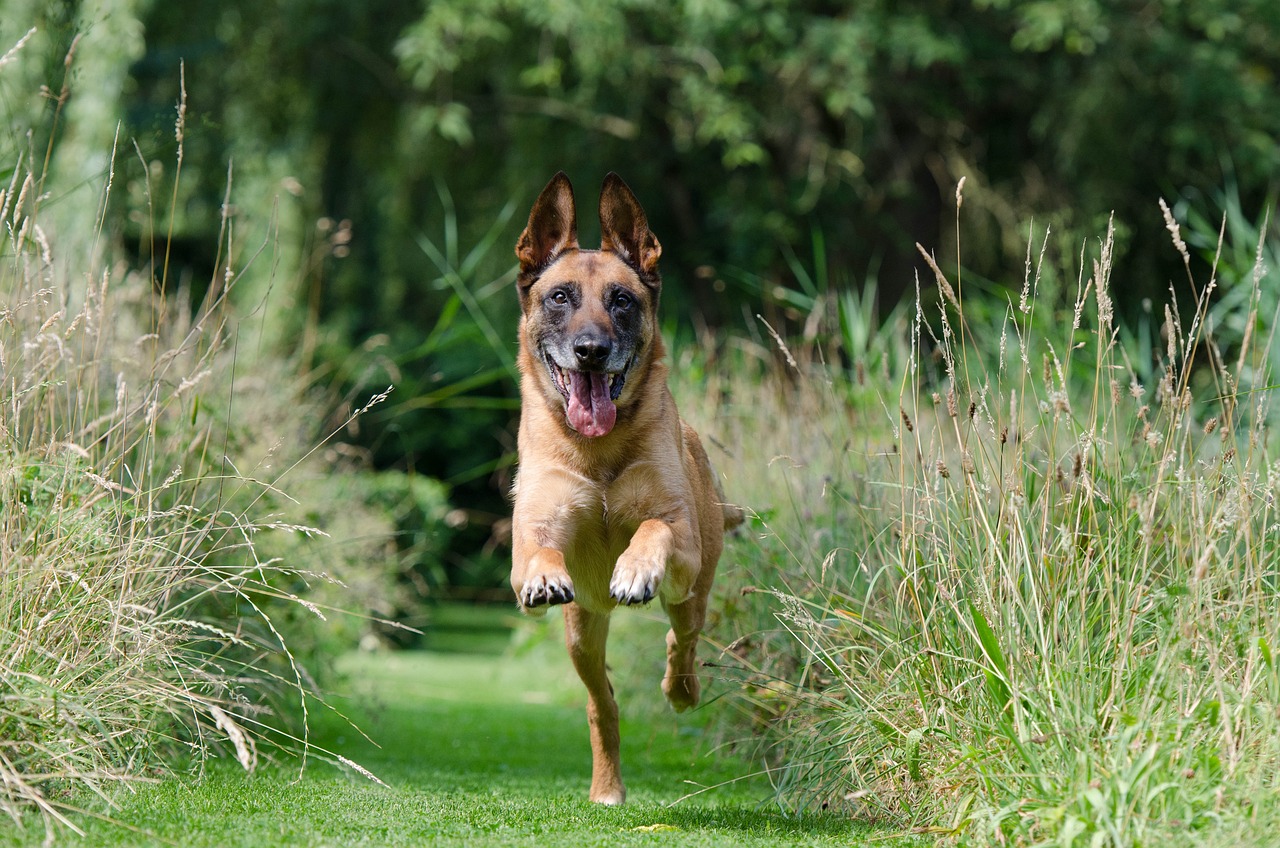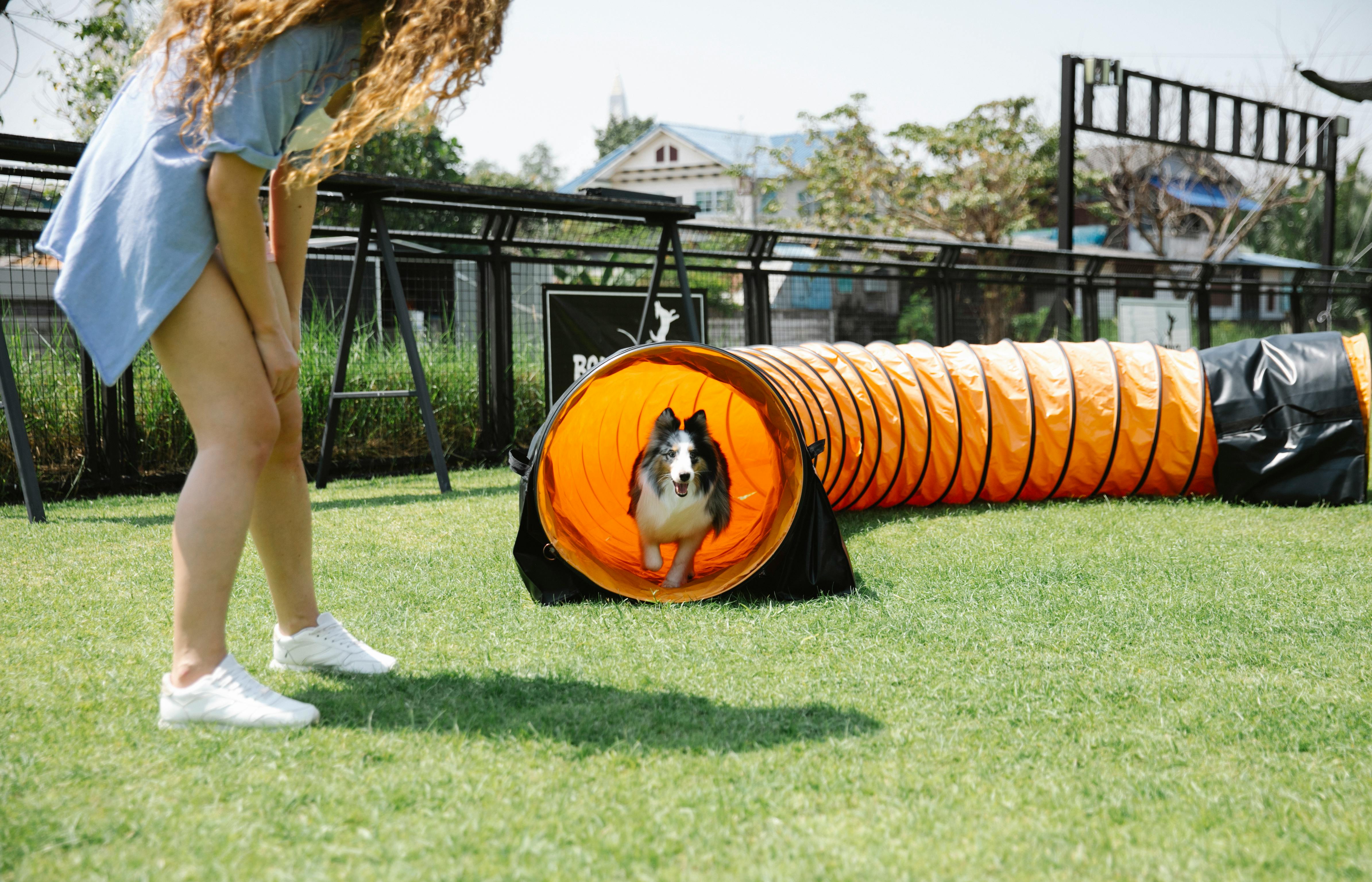Creating a Fitness Plan for Your Canine Companion

A well-thought-out exercise regimen can prevent injury, alleviate age-related issues like arthritis, and promote long-lasting physical vitality. Here's a guide on creating a dog-centric fitness plan that is safe, purposeful, and tailored to your pet's needs.
Obtain Veterinary Clearance Before Commencing
Prioritize your dog's safety and well-being by ensuring that your exercise goals are appropriate for their age and physical condition. Intense physical activity can be detrimental to young puppies, and it's crucial to exercise caution when managing the exercise levels of adolescent dogs with developing joints. Large- and giant-breed dogs may continue to mature physically until they reach two years of age. If you have a puppy, consult your breeder and veterinarian to determine the type and amount of exercise suitable for them.
Additionally, not all fitness plans suit dogs with specific medical histories or seniors grappling with age-related health concerns. High-impact exercises could exacerbate pre-existing issues. Therefore, before implementing any new exercise regimen, schedule a check-up with your veterinarian to assess your dog's overall health. They will also identify any medical conditions that might limit or prevent your pet from engaging in increased physical activity.
Depending on your dog's medical history, your veterinarian may refer you to a veterinary physical therapist or rehabilitation professional to evaluate your dog's muscle tone and fitness level. Such experts can design the most appropriate conditioning or rehabilitation routine tailored to your dog's needs.
Craft a Thoughtful Exercise Plan
When devising a new fitness routine for your dog, it's vital to proceed gradually and thoughtfully. Rushing into vigorous exercise can lead to soreness, discomfort, and potential strains or injuries for your dog. Adhere to your vet's guidance on gradually elevating your dog's exercise levels in manageable increments. Suppose you're already engaged in training activities with your dog. In that case, many behaviors you're likely working on, such as pivots, offer an excellent opportunity to enhance your dog's fitness, coordination, and muscle strength.
Teach Doggy Push-Ups
This gentle warm-up exercise provides an entertaining way to reinforce basic obedience skills and enhances your dog's muscle tone. Encourage your dog to transition between standing, sitting, lying down, and standing again.
If your dog is unfamiliar with these positional cues, use treats to guide them into each position while teaching them the corresponding commands.
Incorporate Figure-Eight Stretches
Your dog can benefit from gentle stretching routines just as you engage in pre-exercise stretches. A figure-eight stretch is an effective way to limber your dog and can be a fun trick contributing to earning AKC Trick Dog titles.
Here's how to teach your dog the figure-eight stretch:
a. Begin with your dog in front of or behind you, holding small treats in each hand to capture your dog's attention.
b. Slowly lure your dog through your legs and around one leg while maintaining fluid and unhurried movements. As your dog follows the treat, reward them with the treat from that hand.
c. Reach your other hand between your legs, offering another treat to attract your dog's focus. Use this treat to guide your dog back through your legs and around your other leg, ensuring a snug wrap around your body. Reward your dog with the second treat.
d. After several repetitions, your dog will become accustomed to and anticipate the motion. You can then introduce a verbal cue, such as "eight" or "weave."
e. As your dog consistently follows your lure and weaves tightly in a figure-eight pattern through and around your legs, gradually reduce the use of treats in your hands. Begin by luring your dog without treats, offering a reward once they've completed the figure-eight motion. You can eliminate the lure with practice and rely on a subtle hand signal or verbal command.
By adhering to these steps, you can create a fitness plan that caters to your dog's unique requirements, ensuring their physical health and longevity while strengthening the bond between you and your four-legged companion.
Get insurance plans with wide-ranging coverage options












